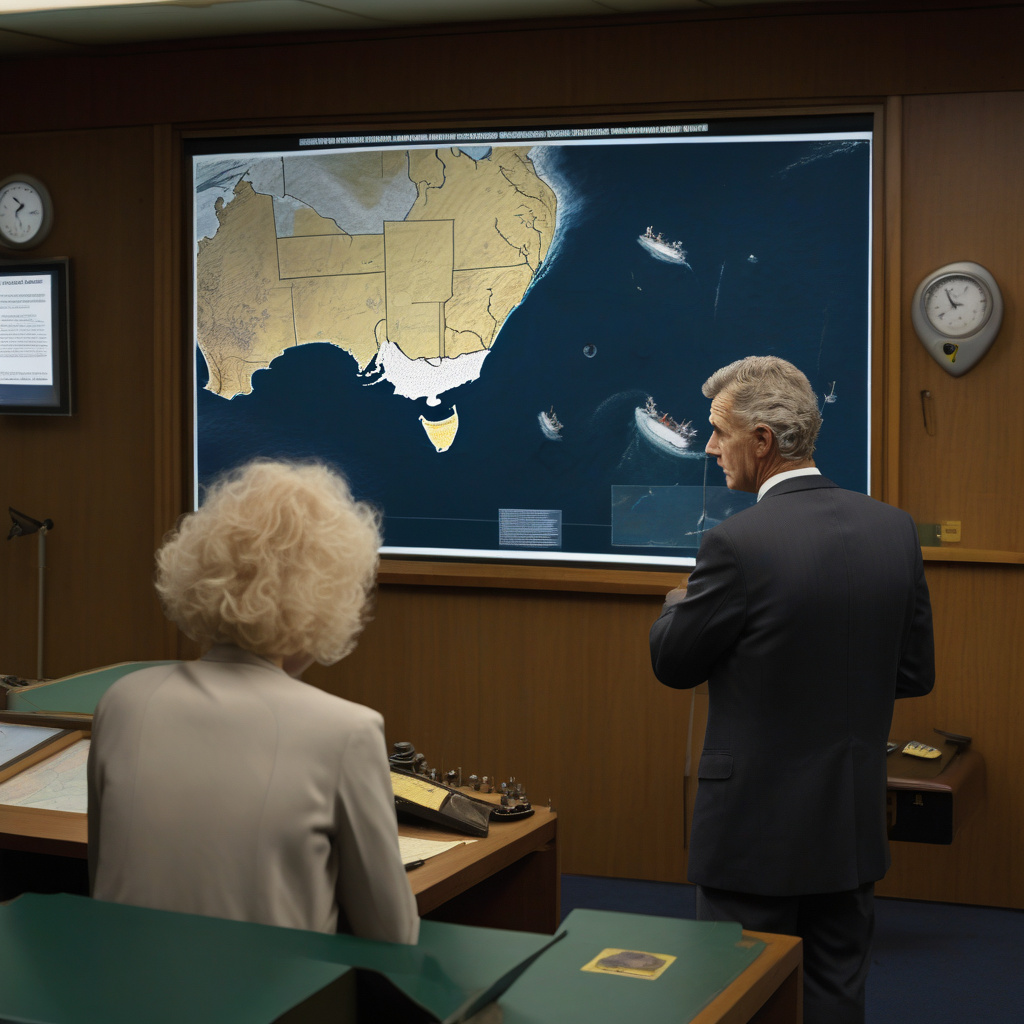Australia is not prepared for AUKUS nuclear submarine’s radioactive waste
The Guardian has produced a report regarding concerns about what will happen to nuclear waste generated by the AUKUS partnership, composed of the United States, the United Kingdom, and Australia. The agreement between these nations has sparked various discussions and debates, with one of the main points of contention being the potential environmental impact of storing and disposing of radioactive waste from the nuclear submarines.
Australia, known for its stunning natural landscapes and unique wildlife, now faces a significant challenge in managing the radioactive waste that will result from the AUKUS partnership. The country lacks a long-term plan for dealing with such hazardous materials, raising valid concerns among environmentalists, policymakers, and the general public.
One of the key issues at hand is the lack of suitable facilities to store and dispose of nuclear waste safely. While nuclear power plants have specific protocols in place for managing radioactive materials, nuclear submarines present a different set of challenges due to their mobility and the nature of their operations. Australia currently does not have a dedicated repository for storing high-level nuclear waste, let alone waste from military sources.
Furthermore, the transportation of radioactive waste from nuclear submarines to a disposal site raises additional safety and security concerns. Accidents or mishandling during transit could have catastrophic consequences for the environment and public health. The risks associated with transporting nuclear waste cannot be understated, requiring stringent measures and safeguards every step of the way.
In light of these challenges, it is imperative that Australia takes proactive steps to address the issue of radioactive waste from AUKUS nuclear submarines. This includes investing in the development of specialized storage and disposal facilities that meet the highest safety standards. International best practices and expertise should be leveraged to ensure that Australia has the necessary infrastructure and capabilities to manage nuclear waste effectively.
Moreover, transparency and public engagement are essential in this process. The government must keep the public informed about its plans for handling radioactive waste and involve stakeholders in decision-making. Community input and feedback will be crucial in building trust and ensuring that the chosen approach is acceptable to all parties involved.
Looking to other countries with experience in managing nuclear waste could provide valuable insights for Australia. Countries like Finland and Sweden have successfully implemented long-term solutions for storing and disposing of radioactive materials, serving as potential models for Australia to follow. Learning from their experiences and best practices can help Australia develop a robust framework for addressing the challenges posed by AUKUS nuclear submarines.
In conclusion, the issue of radioactive waste from AUKUS nuclear submarines is a pressing concern that requires immediate attention and strategic planning. Australia must not only confront the logistical and technical aspects of managing nuclear waste but also prioritize transparency, safety, and community engagement. By taking proactive steps now, Australia can demonstrate its commitment to environmental stewardship and set a positive example for responsible nuclear waste management on the global stage.
nuclear, waste, AUKUS, Australia, environment












